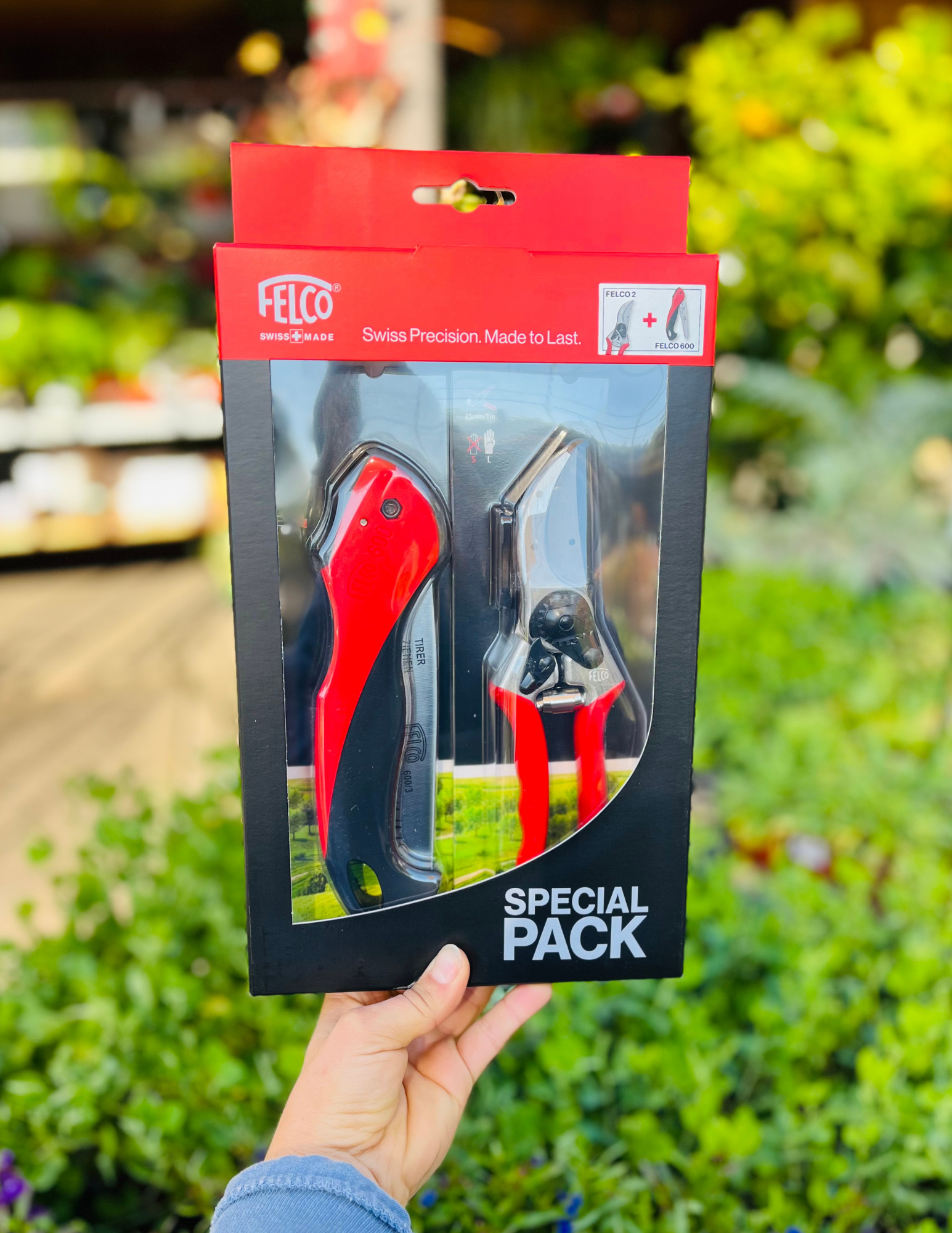Important information for Gardening in Areas Outside of Burn Zones
Our hearts go out to everyone affected by the recent Los Angeles wildfires. While these events have been unprecedented in their intensity, I want to address concerns about soil and plant safety in affected areas.
According to Wallace Laboratories, if you live outside the immediate burn zone, your plants remain safe to eat and your soil maintains its health. While ash deposits are common, they typically don't pose significant toxicity risks to fruits and vegetables because the absorption rates through the foliage are so low.
Plant Care Guidelines
- Keep your existing plants - washing them with a gentle hose spray removes ash deposits
- Avoid using leaf blowers which makes ash airborne
- For harvested produce:
- First rinse outdoors with hose
- Follow with indoor sink rinse using 10% vinegar solution
- Monitor plants for stress signs (wilting, yellowing, or browning leaves). Plants are a great barometer for toxicity.
Click here for more information Oregon State University.
**Soil Management:
- Retain your current soil. Don’t discard as soil has amazing regenerative properties.
- Don’t attempt to “wash” soil through over saturation. Water plants as normal.
- Support natural remediation by adding:
- Organic compost
- Worm castings or mycorrhizal fungi
- 5% biochar to boost beneficial microbes
Remember that soil has remarkable powers of remediation. So take the steps to keep it healthy and continue to grow.
“Microbes and fungi have powerful properties for remediating and building soil, neutralizing toxicity by using various mechanisms including adsorption to their cell surfaces, enzymatic degradation of toxic compounds, and by producing chelating agents that bind to heavy metals, essentially rendering them unavailable to plants; microbes utilize the contaminants as a food source to break them down into less harmful substances.” National Library of Medicine
If you want to get your soil tested:
Wallace Laboratories are based in El Segundo. They were very helpful with my research. They generally test for Lead, Zinc and NPK, soil porosity with limited testing for volatile compounds or fire related particulates.
EFI Global will test for contamination from pollutants like heavy metals, volatile organic compounds (VOCs), semi-volatile organic compounds (SVOCs), pesticides, asbestos, and more. A note of caution, these tests are very expensive.
Conor at Fig Earth















